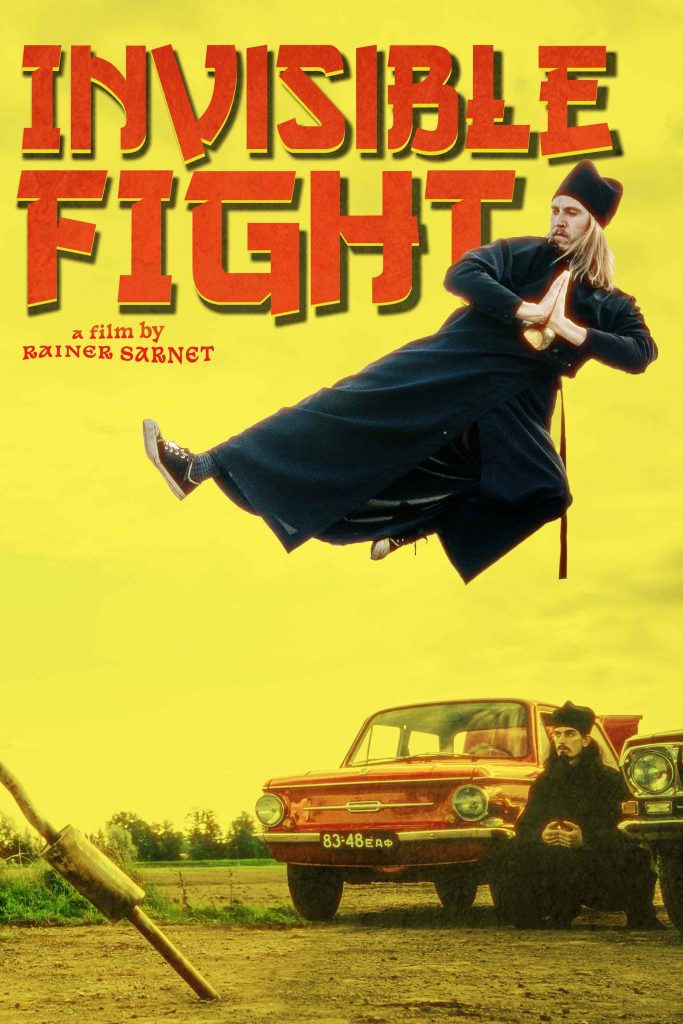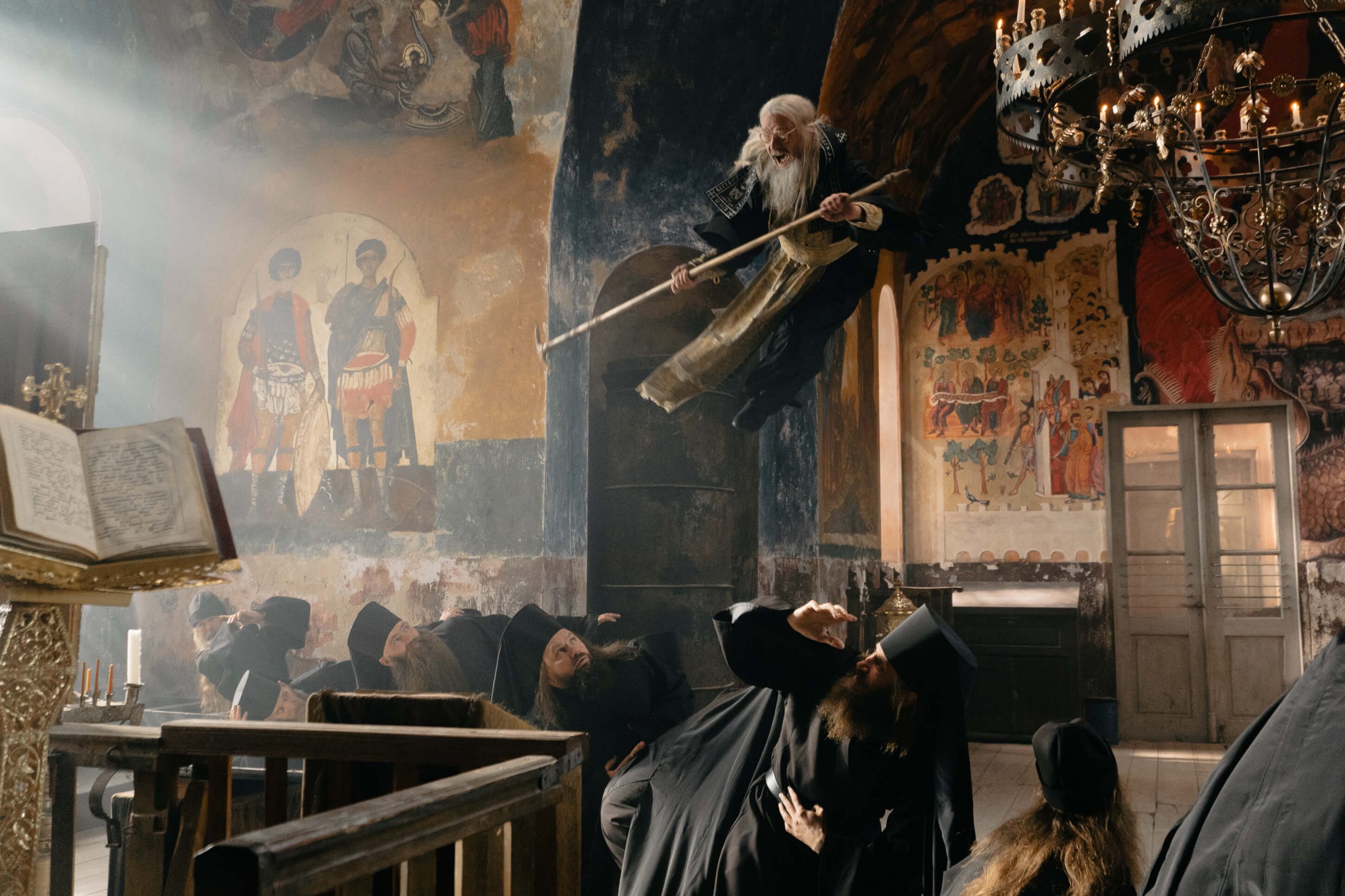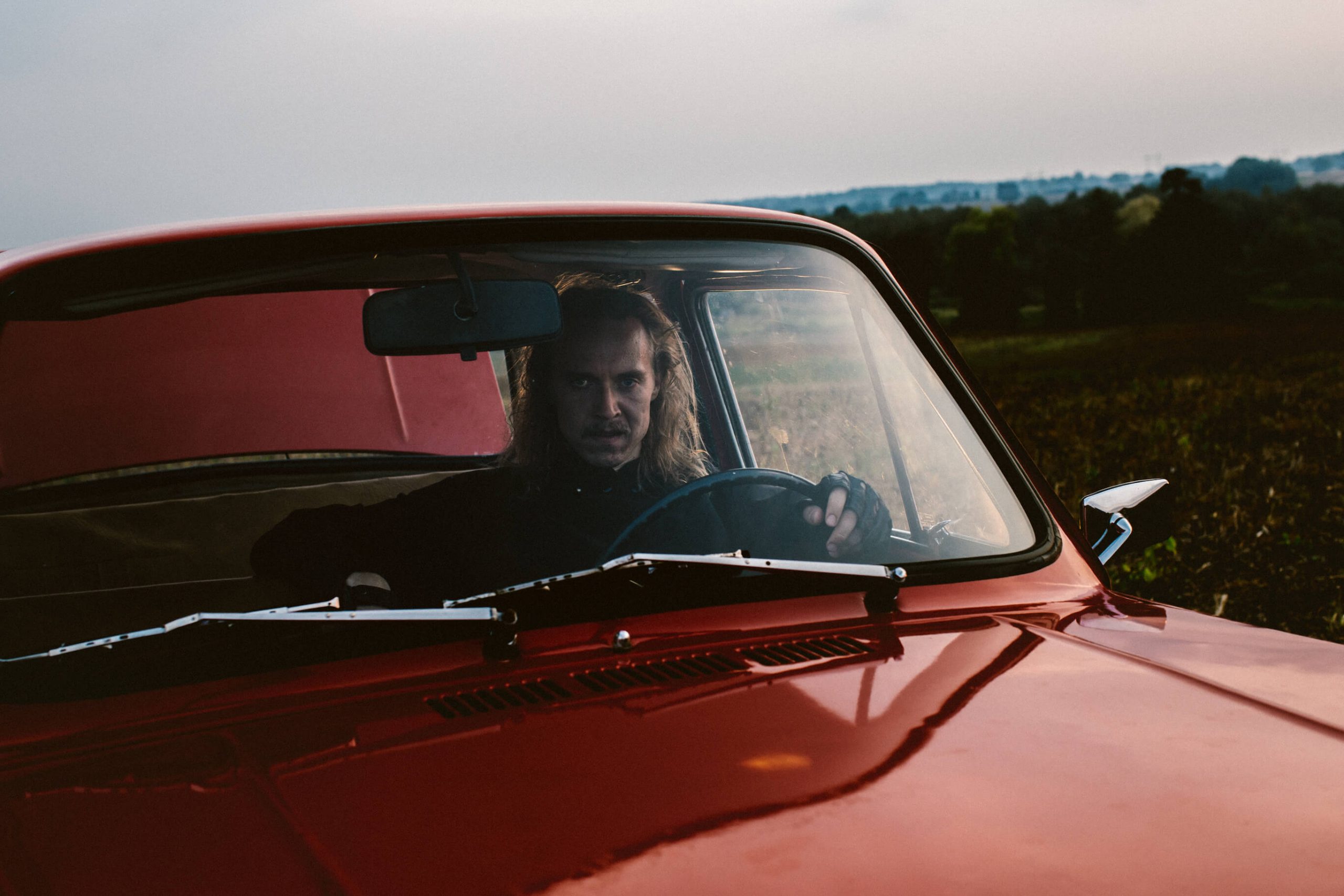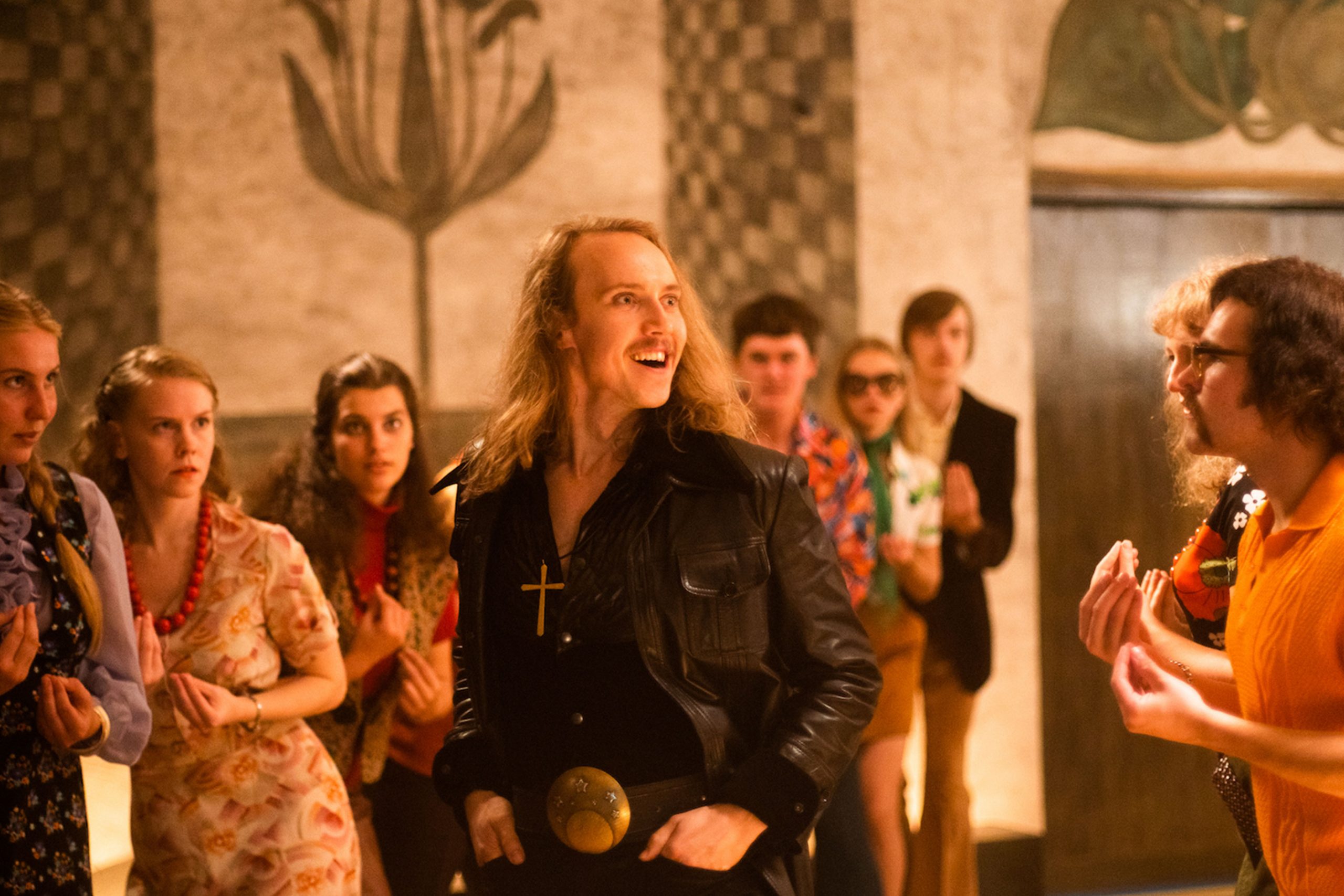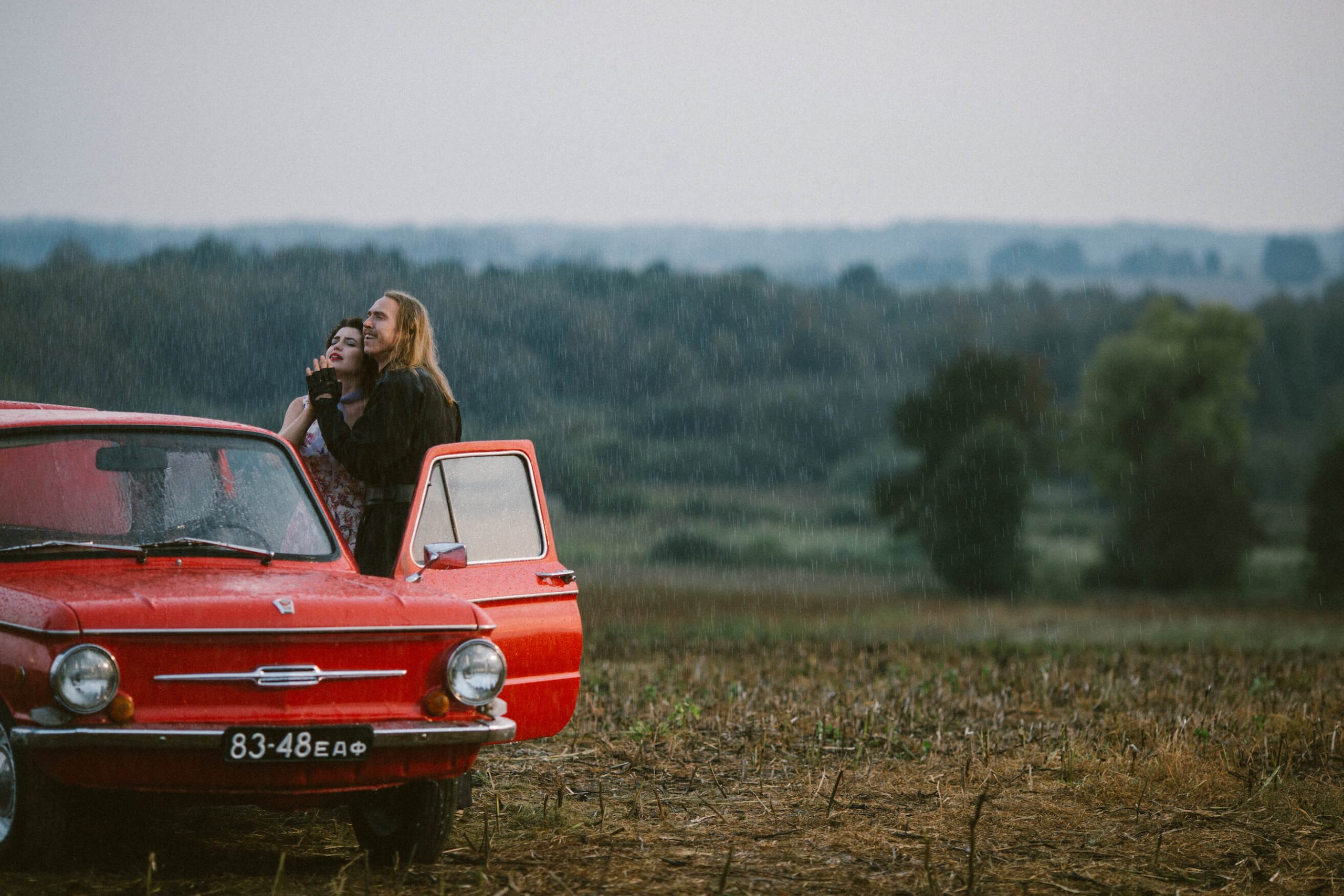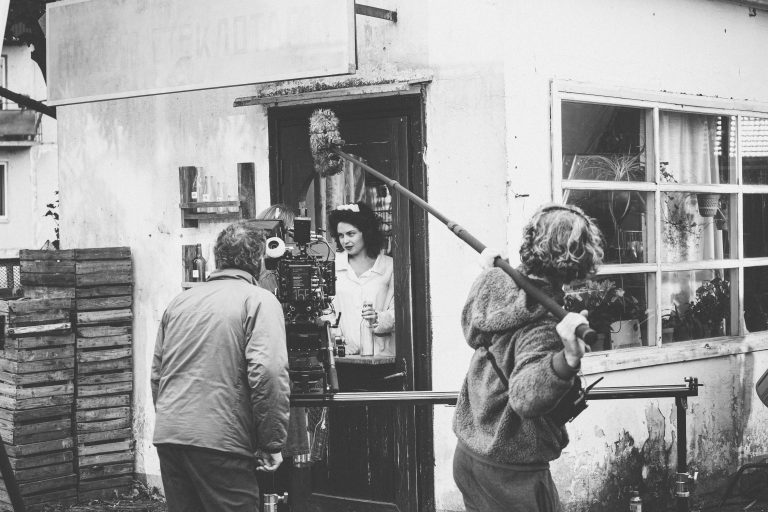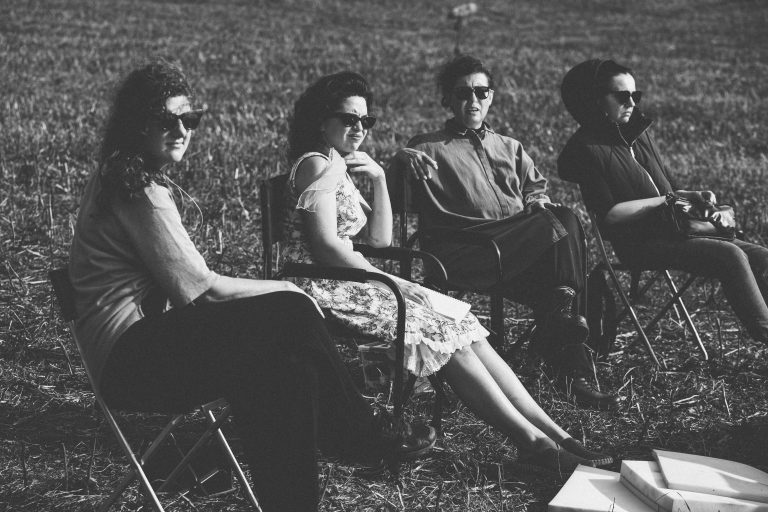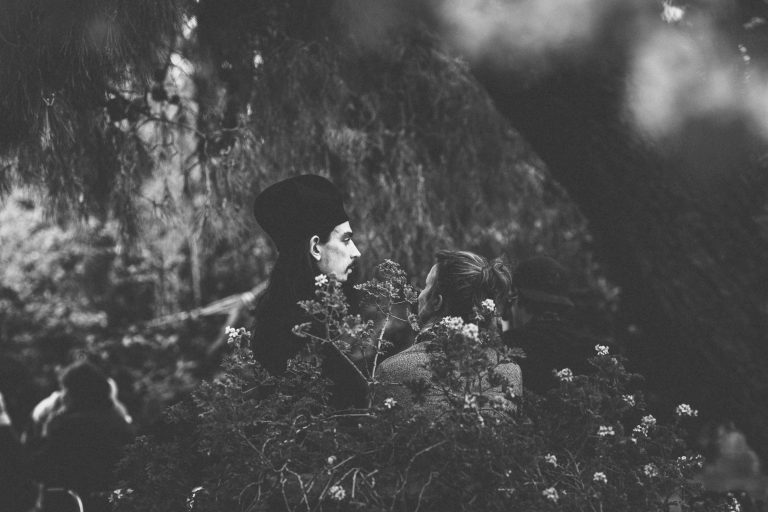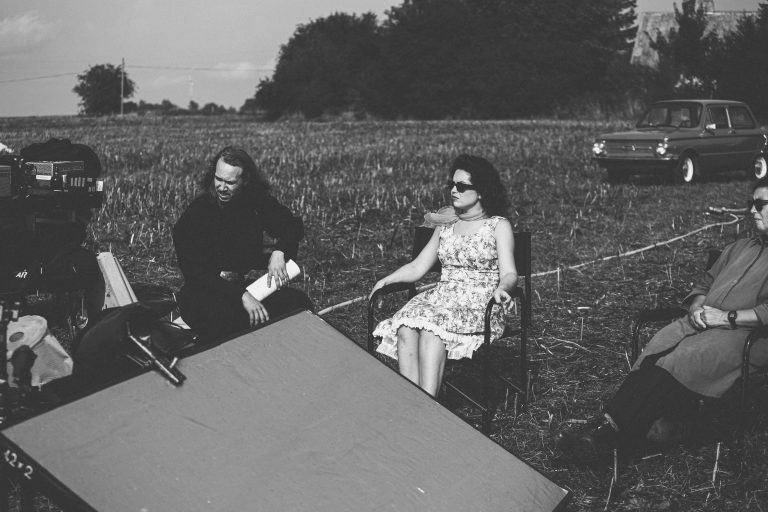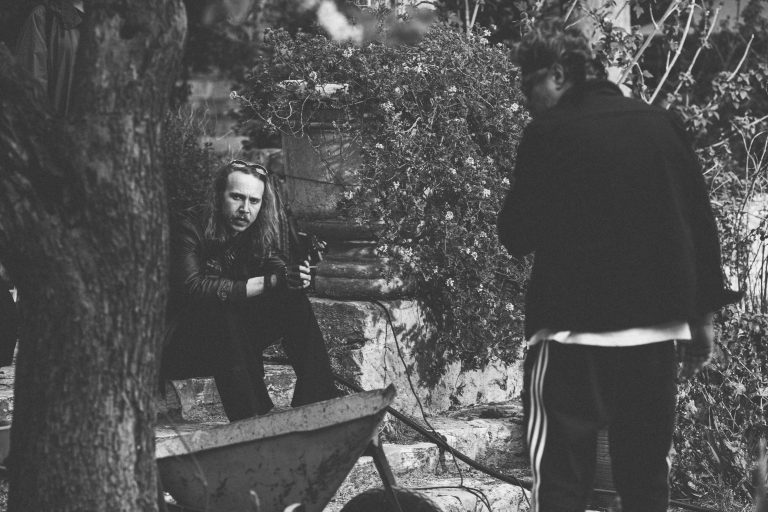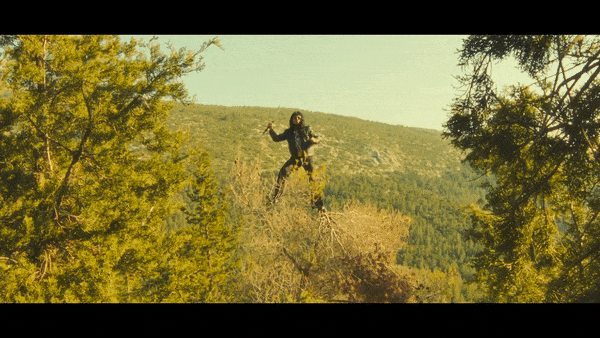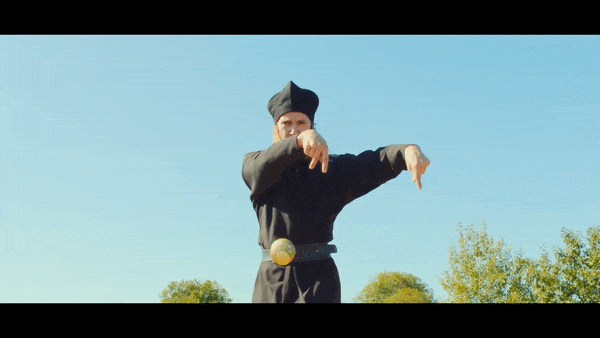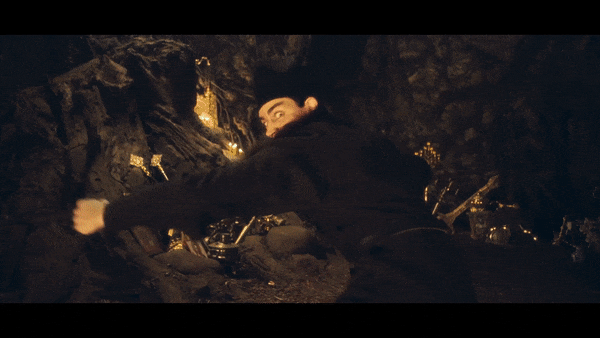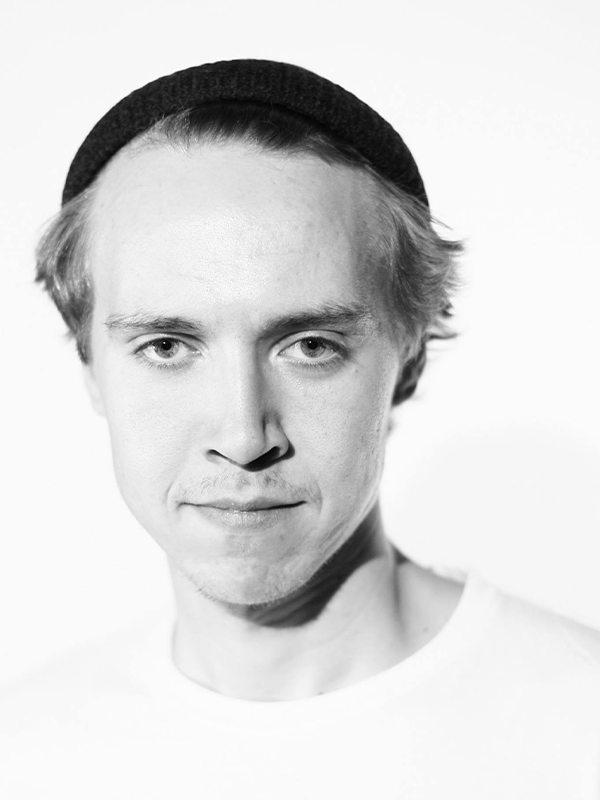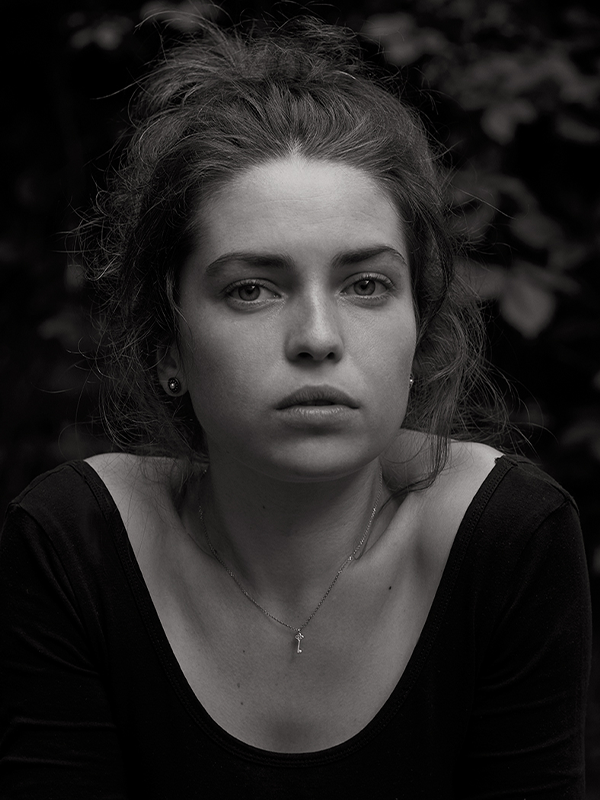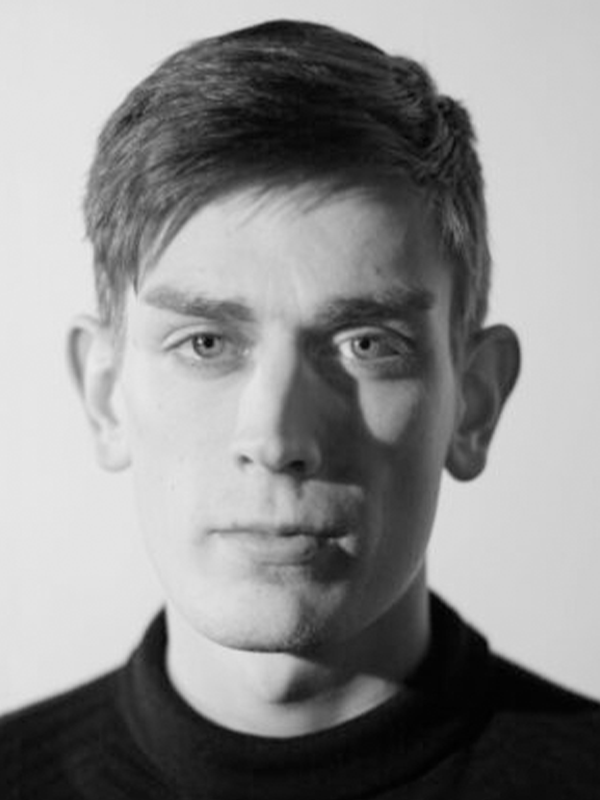THE team
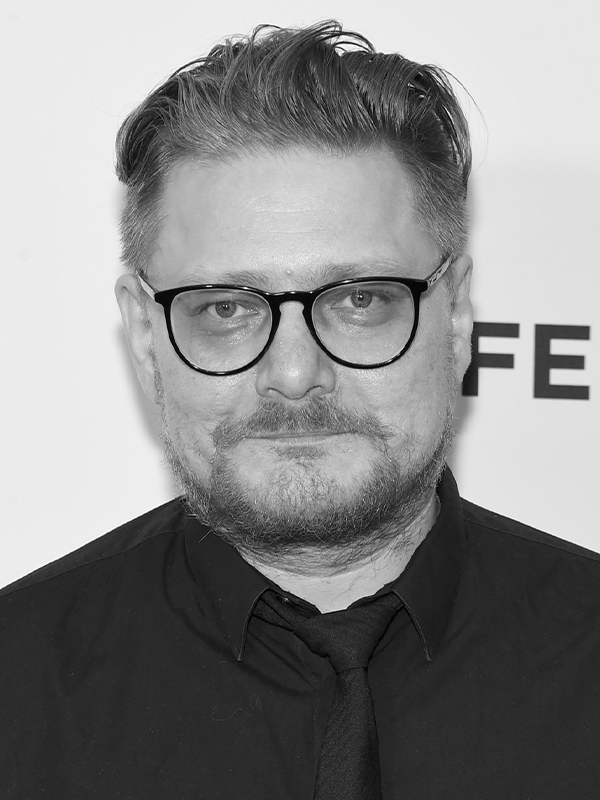
Rainer Sarnet
director
Rainer Sarnet is a film director who mainly writes his own scripts, often basing them on literature. Sarnet who is passionate about Rainer Werner Fassbinder and Orthodox mysticism, has in addition to filmmaking also directed plays in the theatre, based on texts by Przybyszewski and Jelinek, among others, and considers reading one of his favourite activities. The Invisible Fight is his third feature film with Homeless Bob Production, after The Idiot (2011) and November. “Art is a poetic way to describe human psychology” Sarnet has said.
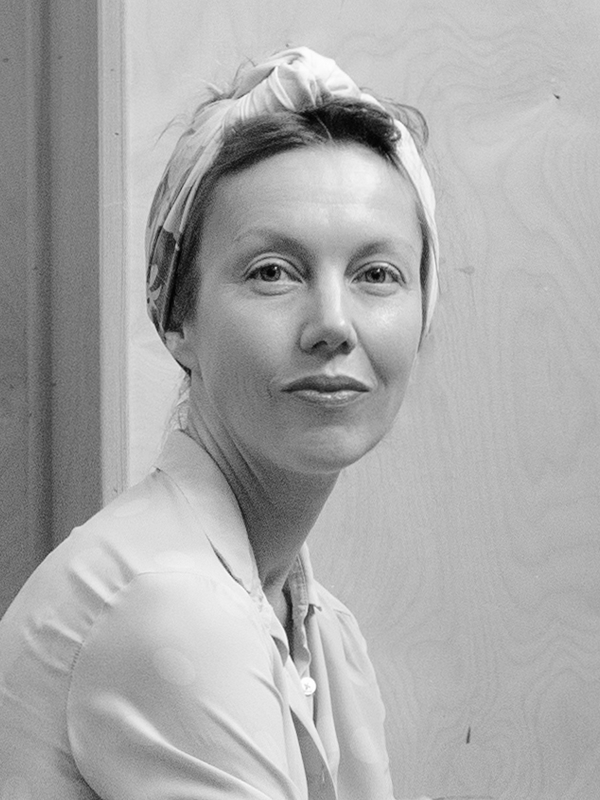
Katrin Kissa
producer
Katrin Kissa’s cooperation with Veiko Õunpuu started in 2006 with Empty and continued with the highly lauded Autumn Ball and The Temptation of St.Tony, produced by their joint company Homeless Bob Production. These were followed by The Idiot, based on the Dostoyevsky classic, and Veiko Õunpuu’s Free Range / Ballad On Approving Of The World, which was internationally released in 2014 at the Berlinale Forum. Homeless Bob Production produces only author-driven films and subtly, but persistently, furrows its way into the soil of film history.








